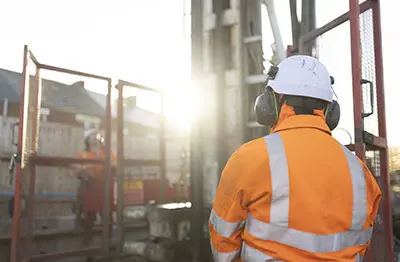

Gas Control
Design and drilling of boreholes for gas extraction, venting or monitoring, often in brownfield or landfill sites.
About
Gas Control
Drilling through the earth can reveal more than rock and soil. In certain geological conditions, there is a real and serious risk of encountering trapped or pressurised ground gases such as methane, carbon dioxide, hydrogen sulphide or other toxic or flammable gases.
While rare, these pressurised gas shows can lead to uncontrolled gas release, contamination, fire, explosion or even loss of life if not handled with care
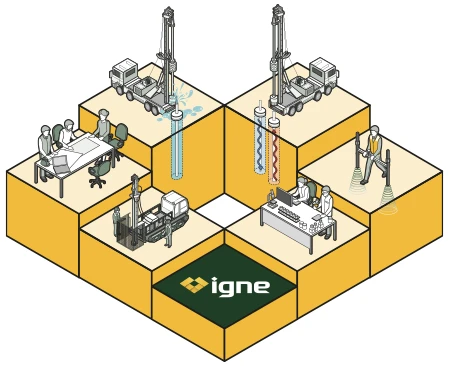
The reason
What is Gas Control for?
Gas control drilling is required wherever there is a foreseeable risk of encountering pressurised gas pockets. This can include areas above hydrocarbon source rocks, coal measures, former landfill or brownfield sites, and deep strata with confined gas reservoirs.
Drilling through these materials without appropriate precautions can cause gas to escape rapidly up the borehole creating a mini blowout and posing significant health and safety risks to workers and nearby communities.
At Igne, we offer expert gas control drilling services designed to manage these risks from the outset.
With deep experience across geotechnical, geothermal, and environmental drilling, our team delivers safe, controlled, and compliant operations across the UK.
The Process
How is Drilling for Gas Control Carried Out?
Every successful gas control project begins with a thorough risk assessment carried out by a qualified ground engineering specialist. This involves reviewing the geology of the site, known gas-producing formations, historical data, and surrounding land use.
Igne draws upon British Geological Survey mapping, AGS guidance, and our own decades of project data to determine where pressurised gases are likely.
Once a potential hazard is identified, we implement appropriate drilling methodologies and safety systems, which may include:
- gas monitoring at the borehole and personal gas detection
- installation of casing to full depth or partial casing with fully grouted and cemented top sections
- pressure testing of casing to ensure correct installation
- use of blow-out prevention technology such as gas diverters and spark arrestors
- mud weight management to suppress gas migration
- emergency response procedures including exclusion zones, evacuation plans, and sealed borehole protocols
- sealing boreholes using weighted grout or sacrificial packers
- provision for gas venting or temporary monitoring wells as needed
- wind direction monitoring and vent stacks
For higher-risk environments, we deploy equipment and techniques usually reserved for oil and gas applications, adapted to the land drilling sector. This includes gas kick management, diverter assemblies, and in some cases, blow-out preventers. Where required, we can maintain specialist equipment on site and have trained personnel ready to act.
Our approach is always risk-led, with safety as the top priority. Whether the site is in a remote rural area or a dense urban development, we tailor our methods accordingly.
The benefits
The Advantages of Managing Pressurised Gases During Drilling
Ignoring the potential for pressurised gas can result in catastrophic consequences. Proper gas control drilling prevents:
- injury or fatality from explosion or toxic exposure
- damage to buildings, property or critical infrastructure
- uncontrolled gas release into the environment
- project delays and emergency interventions
- reputational and legal risk to developers and contractors
By engaging Igne for gas control drilling, clients benefit from:
- peace of mind that gas hazards are proactively managed
- confidence in regulatory compliance under DSEAR, CDM, BSO and HSE legislation
- reduced likelihood of costly unplanned shutdowns
- a safer site for workers and surrounding communities
Minimising Risk
The Risks of Inadequate Gas Control
The dangers of failing to manage gas during drilling are well documented. Explosions in buildings, deaths, injuries, and widespread disruption have occurred in the UK due to improperly handled gas emissions.
Risks include:
- pressurised gas flowing up open boreholes
- ejection of debris and drilling fluids from the borehole
- migration of gas through fissures into nearby buildings
- ignition of flammable gases in confined spaces
- long-term environmental contamination
Gas can travel through natural pathways like fractured rock or artificial conduits such as ducts and service trenches. That means even distant receptors can be at risk if gas is not controlled at source.
Igne’s service ensures every aspect of gas risk is considered. Our planning is robust. Our procedures are proven. Our operatives are trained. And our record speaks for itself.
FAQ
Frequently Asked Questions about Gas Control Drilling
- What is a gas kick and how is it managed?
A gas kick is an unexpected surge of gas into a borehole under pressure. At Igne, we manage kicks using blow-out preventers, diverters, and proper mud weight balancing. Drilling is paused immediately, and emergency protocols are followed.
- Where in the UK is gas control drilling most likely to be needed?
Pressurised gas has been encountered in areas such as Buckinghamshire, South Wales, the Midlands, Central Scotland, and any site above coal measures, hydrocarbon source rocks, or former landfills.
- Can pressurised gas occur at shallow depths?
Yes. While deeper drilling increases risk, gas shows have occurred at relatively shallow depths where geological or anthropogenic sources exist.
- What gases are most commonly encountered?
Methane, carbon dioxide, hydrogen sulphide, and in some cases, carbon monoxide and hydrocarbons from decomposed materials or biogenic activity.
- What happens to a borehole once a gas show occurs?
Depending on the risk level, we may vent the borehole, install monitoring, or seal it permanently using cementitious grout and/or mechanical packers.
- Is this type of work covered by regulations?
Yes, gas control drilling must comply with DSEAR, CDM, Health and Safety at Work Act, and BSO regulations, among others.
- Can Igne work in high-risk, built-up environments?
Absolutely; our team is trained to work safely in urban, suburban and industrial sites, with tailored emergency and exclusion zone procedures where required.
- How can I tell if my site needs gas control drilling?
Start with a professional desk study and risk assessment. Igne can support you at this early stage to identify potential hazards and propose appropriate measures.
The experts
Managing pressurised gases during drilling isn’t just about preventing problems.
It’s about protecting lives, safeguarding assets, and maintaining the integrity of your entire project.
From initial assessment through to emergency planning and borehole sealing, Igne delivers gas control drilling with unmatched precision and professionalism.
Whether you’re working in a coalfield, a city centre, or a remote post-industrial site, our team brings the skill, equipment and procedures to keep your people and project safe.
Don’t let a hidden gas risk derail your progress. Contact us today and put safety at the centre of your drilling strategy.

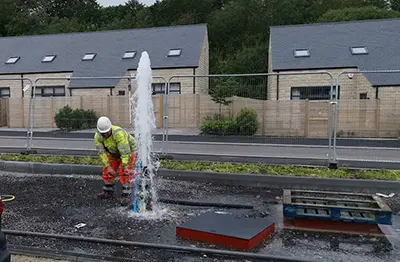
Artesian Boreholes
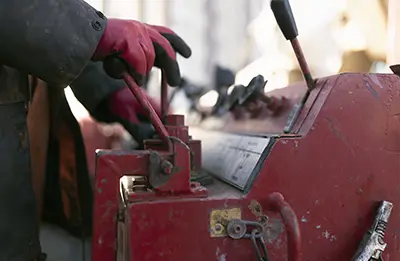
Angle Boreholes
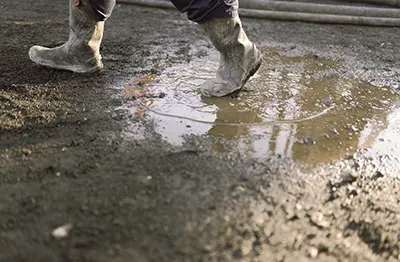
Drilling with Mud
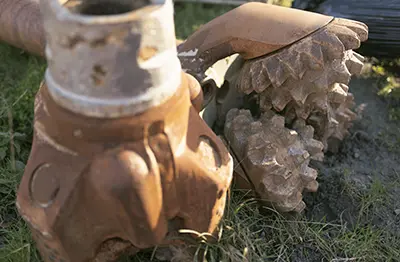
Large Diameter Boreholes
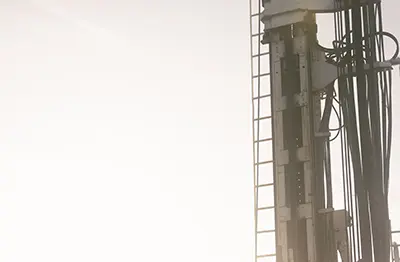
Deep Boreholes
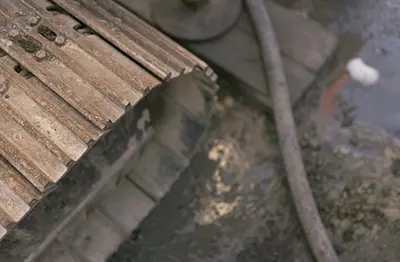
Acidisation
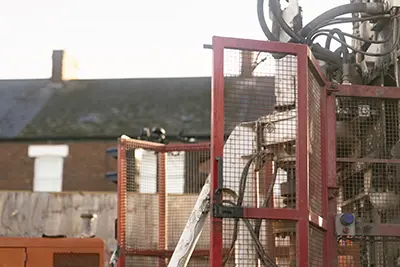
Hydrofracturing

Dewatering

Monitoring Boreholes

Vibrating Wire Piezos

Fibre Optics

Seismic Monitoring

Deep Wireline Coring

Gas Control

Deep Soakaways

Decommissioning

Specialist Plant & In Hole Equipment Hire

